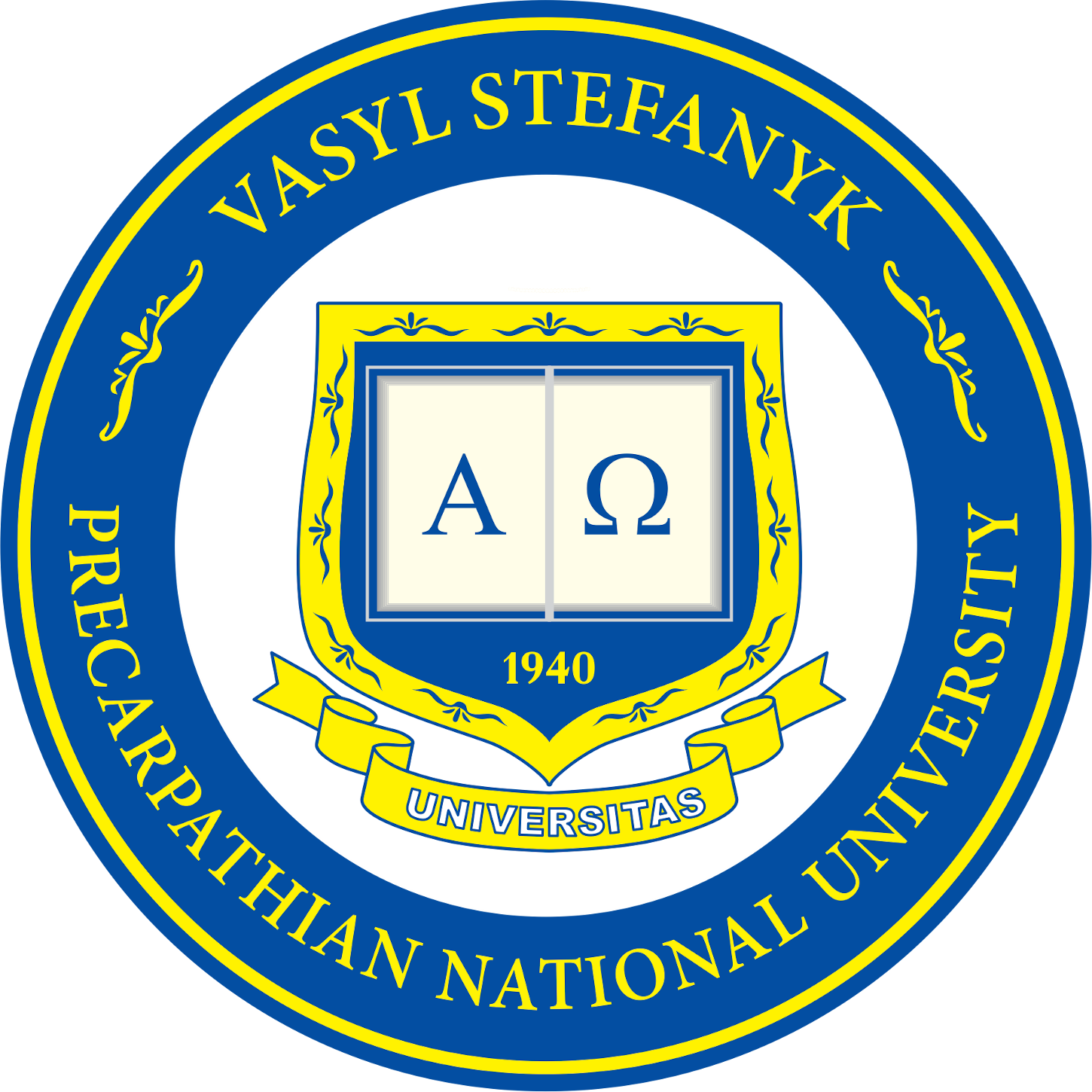Physical methods of studying solid bodies
Explore the fascinating realms of X-ray Structural Analysis and Impedance Spectroscopy. Learn principles and techniques, including diffractometer operation, Rietveld method, and small-angle X-ray scattering. Dive into thermal analysis, material characterization, and surface science with adsorption porosimetry and magnetic spectroscopy. Understand impedance spectroscopy, electrical characteristics, and the physicochemical aspects of electrochemical impedance. Enhance skills in data analysis, experimental techniques, and data interpretation for comprehensive learning in these cutting-edge scientific fields. Affiliated with Vasyl Stefanyk Precarpathian National University, this course offers a unique opportunity to delve into advanced topics at the intersection of materials science and analytical techniques.
Provided by: Vasyl Stefanyk Precarpathian National University
Course Description
Modern science encompasses two fascinating areas of research: X-ray structural analysis and impedance spectroscopy. X-ray structural analysis studies and reveals the internal structure of substances using X-ray radiation. The Buerger-Berg data formula, a key tool in this field, allows for the analysis of the interaction of X-rays with free electrons and the labeling of atoms in crystals.
A diffractometer and the Rietveld method play a crucial role in determining the parameters of the elementary cell of polycrystals, detailed analysis of the diffraction pattern, and qualitative and quantitative X-ray phase analysis. Studying small-angle X-ray scattering reveals properties in monodisperse and disordered systems, where experimental methods and data processing play a pivotal role.
Thermal analysis is presented as an essential method for investigating metals, oxides, constructing phase diagrams of binary systems, and analyzing the heat effects of phase transformation activation. Adsorption porosimetry and magnetic spectroscopy, particularly mesoscopic, are discussed in the context of surface properties and the dynamics of magnetic hyperfine shifts.
Impedance spectroscopy reveals a unique world of harmonic processes in linear systems, where complex amplitudes analyze the electrical characteristics of passive two-pole networks. Impedance and admittance, their graphical representation, and the physicochemical aspects of electrochemical impedance are studied.
Course details
Venue
Vasyl Stefanyk Precarpathian National University
Deep tech fields
Advanced Materials
Electronics & Photonics
Semiconductors
Country
Albania, Armenia, Austria, Belgium, Bulgaria, Croatia, Cyprus, Czechia, Denmark, Estonia, Faroe Islands, Finland, France, Georgia, Germany, Greece, Hungary, Iceland, Ireland, Israel, Italy, Latvia, Lithuania, Luxembourg, Malta, Moldova, Montenegro, Netherlands, New Zealand, North Macedonia, Norway, Poland, Portugal, Romania, Serbia, Slovakia, Slovenia, Spain, Sweden, Türkiye, Ukraine
Course language
Ukrainian
Fee
Free course
Duration (hours)
90
Certificate provided
Yes
Skills addressed
X-ray Structural Analysis; Rietveld Method; Diffractometer Operation; Crystallography; Data Analysis; Small-Angle X-ray Scattering; Experimental Techniques; Thermal Analysis
Course format
Hybrid
Target group
Upper secondary school learners
Quality check
Approved
Dates
Current no dates scheduled
Course provider
Apply now
Ready to take the next step in your journey? Apply now and embark on a transformative learning experience. Whether you’re pursuing a passion or advancing your career, we’re here to help you succeed. Don’t wait any longer – seize the opportunity and apply today!

